This controversial gas refinery project faced a long High Court planning battle between conservationists and developers. However, once approved, the mining organisation needed to understand how to achieve the best radio coverage across the plant and the wider area with a set of given constraints. The plant uses TETRA for wireless coverage for all areas including the Port area.
The team undertook a desktop prospective planning exercise to assess coverage based on a defined set of criteria. The calculations used antennas from leading suppliers, chosen for their suitability to the environment.
Coverage calculations were completed for the wide area and the plant area, with assessments undertaken using two base stations. The coverage plots identified areas on the map where the signal was degraded. HTZ Communications identified the best server coverage and potential black spots for all the antennas at different heights. The user profiles for radios onsite were handheld terminals at different heights and a vehicle-mounted terminal.
HTZ used a 100m raster dataset with a 3m clutter and vegetation layer. The gas terminal was defined to produce a building layer showing the structure's height. The building layer was overlaid on the map data to enable coverage analysis. The antennas were located at different heights based on the required coverage for areas like the Port, the accommodation block and the plant itself.
To achieve optimal coverage, the team aimed to keep interference to a minimum. Interference resulting from out-of-band emissions or intermodulation products is mitigated by frequency assignment. Four frequencies were chosen focussing on redundant channels and stations which may interfere.
The calculations did not account for any reflections in the plant. To mitigate these risks, which are notoriously high in this type of environment, the team assumed that 30% of the power incident at the terminal infrastructure was in a Lambertian manner for all directions. This assumption ensured that calculations considered 3D reflections which could occur on the different structures in the plant.
The mitigation plan recommended gap-filling repeaters for black spots. Calculations ensured that sufficient signal was achieved at the top of the structures. These calculations identified that 94% of the structure's surface was covered, making them suitable to use repeaters.
SINR calculations considered the protection ratios for the network, along with an intermodulation exercise using HTZ’s internal intermodulation calculator to verify all the frequency sets.



